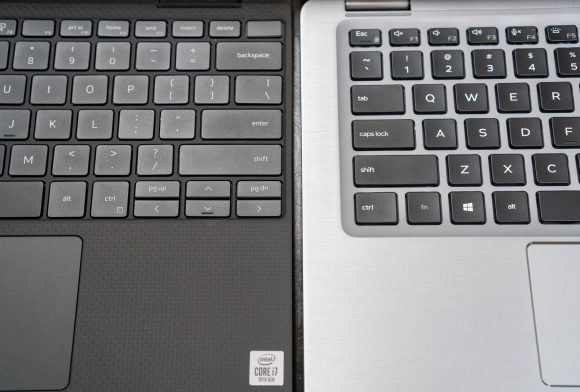
It’s a new year, and perhaps a good time to talk about a new PC in 2020. If you hadn’t already gotten something in the last year-end shopping frenzy, what might be something to look out for this year? I think it’s time PC notebook users look toward 2-in-1 convertible devices.
2-in-1 convertible devices are mobile computing devices that can transform between notebook form and tablet form. This also includes devices with detachable keyboards or displays.
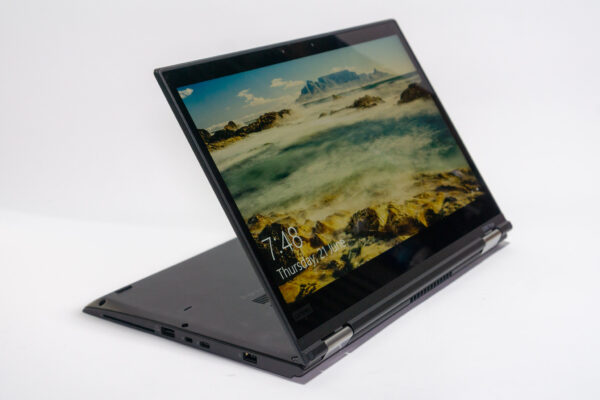
This class of mobile computing devices aren’t new, with some designs going back to the last century. The first notable convertible in modern times is probably, among some others, the ThinkPad X220 Tablet which launched in 2011. That was the time when screens didn’t just flip open, they could also swivel around a single central hinge. Then, there were also the popular line of ASUS Transformer Book devices. Microsoft’s own Surface device appeared in 2012, and the Surface Book followed in 2015.
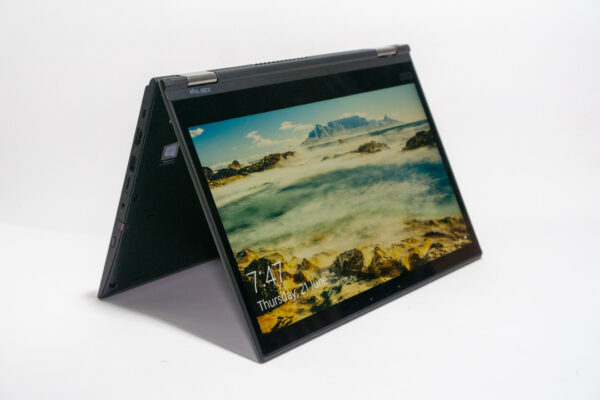
Many PC users, however, continued to stay with conventional notebooks. The main reasons, I think, are that most 2-in-1 convertibles called for compromises. They were neither really good at being notebooks, nor were they really good at being tablets. If you needed one or the other, you would just get that which you need. If you needed both a notebook and a tablet, then you would be better off getting one of each.
One of the features about Windows that I really liked about is pen support. I was a steadfast Mac user back then, but when I saw the pen in action at the Surface Pro 4’s launch in SG, I started to get a little envious about what Windows PC hardware could offer. At that time, the Surface Pro 4 was also beginning to look like a very legit 2-in-1 convertible device. But, there were still compromises.
Those compromises are getting far fewer these days. The earlier generation of Dell’s XPS 13 2-in-1 (9365, released in early 2017), for example, had a low-power Y-series Intel processor that may not be powerful enough for many common notebook use cases. The newer XPS 13 2-in-1 (7390, released in Q3 2019), upgraded to a mainstream U-series processor used in many notebooks, while still being ever so petite and having long battery runtime to make tablet use very practical.
As at end of 2019, consumers have two very excellent 2-in-1 convertible devices to choose from: the 2019 HP Spectre x360 13-inch, which is highly regarded by many reviewers, and the Dell XPS 13 7390 2-in-1, which is also very well-received, and the one I recommend. I will post a review of the latter soon. Both have been the results of successive refinements over earlier generations of their respective devices (or related devices).
There are more excellent 2-in-1 convertible devices, such as the Surface Pro 7, which I will also have a review coming up. I focus on those in the previous paragraph because those devices are designed to be more notebook than tablets. These work best for notebook users who occasionally want to use their device as a tablet. The Surface Pro 7 is different, more suited for users who want a tablet first, and occasionally need to use it as a notebook.
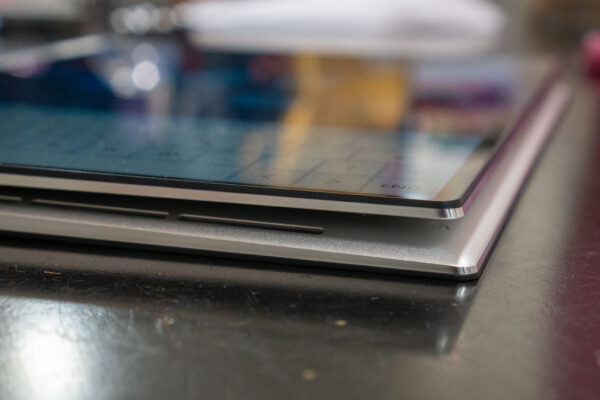
The problem with devices in the former category is that when they are transformed into tablet mode, they tend to be slightly unwieldy to handle. The Dell XPS 13 7390 2-in-1, for example, not unlike many others in its category, are thin and svelte when the clam shell is closed, but when folded the other way around, the ultra-slim profile suddenly turns into jarring edges. It’s tolerable when tablet mode is the lesser used form. There are other ways you can position the device, tent and stand modes, that adds useful flexibility.
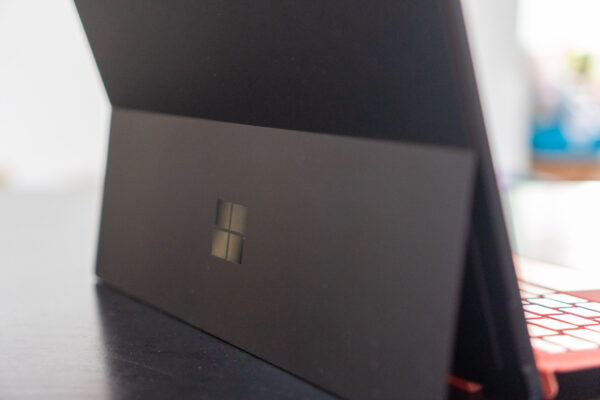
Devices like the Surface Pro 7, however, are the opposite. That kickstand at the back makes it hard to use in notebook mode when you need to rest the device on your lap. The keyboard also won’t be very stable to type on if it doesn’t have a solid flat surface to rest on.
Then, there are other clever designs. Microsoft’s Surface Book tried to transform in a different way, using a detachable screen that can be attached to its keyboard in a forward or reverse orientation. My beef with the Surface Book 2, in particular, is that it’s heavy and still clunky when the display is closed. This idea of a detachable base isn’t always great for everyone: I’ve got to decide whether to bring it or not bring it with me, and even if I can detach the display when I’m out and about, what do I do with the base?
You see, it’s still about compromises. There are compromises in everything, of course, even when you’re just looking at conventional notebooks. The situation with 2-in-1 convertibles now is that you can find something pretty good in one or more primary use cases, with compromises that are tolerable, and overall, in a decent package that is also affordably priced.
It’s now 2020. We have used so much touch interaction with our smartphones, it seems about time we ought to do the same with our notebooks. The pen? Steve Jobs may have said “yuck!” about styluses back in 2007 when announcing the first iPhone, but Samsung has shown that there’re good uses for them. That’s on a phone, but I feel that usefulness also extends to a tablet, which evidently Apple now agrees, and to notebook computers too.
It’s a shame that Apple has clearly divided notebooks from tablets, not just in their hardware lineup, but also in the operating systems and thus the apps on them. This is one of the reasons I gave up on the Mac. Stepping up to a more modern computing device, for now, necessarily means turning to Windows. The great thing is, on a Wintel platform, you have many choices, with all the leading PC manufacturers offering some excellent 2-in-1 convertible devices in their product lineup.
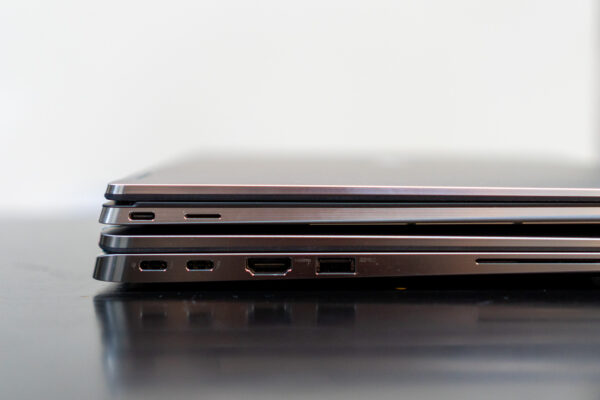
Are you ready for a 2-in-1 convertible? I’ve reviewed several models in the past. I presently have several more on-hand, so look out for reviews of current models coming up soon!
View Comment Policy